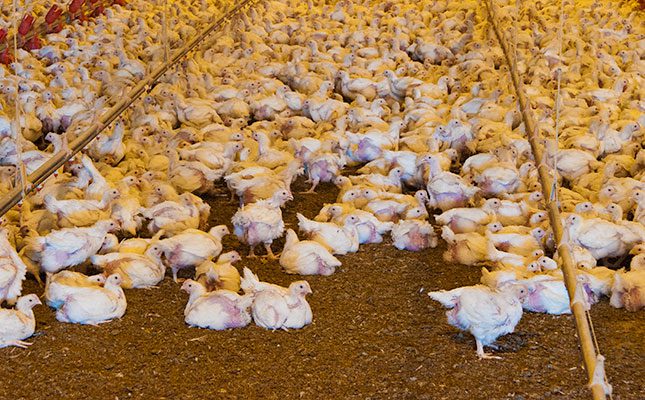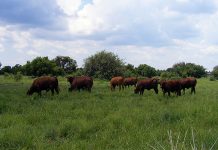
Reuters reported that this was leading to confusion among federal staff, state officials, veterinarians, and other health experts.
Quoting sources who spoke to the agency on condition of anonymity, the report stated that since Trump took office on 20 January, two federal agencies responsible for monitoring and responding to the epidemic had withheld reports and cancelled congressional briefings and meetings with state health officials.
“The Centers for Disease Control and Prevention (CDC) withheld two weekly reports, one on bird flu transmission and another on surveillance, and cancelled several meetings on bird flu with state officials,” according to Reuters.
No congressional briefings had also been held by the CDC and US Department of Agriculture (USDA) for three weeks. In addition, a state official said the USDA had not responded to a request for information on a new programme aimed at protecting the country’s food supply, the sources told Reuters.
Despite more people and livestock testing positive for the virus, there were now fears among federal health staff that “critical information about bird flu would not be disseminated in a timely manner, or at all”.
According to Keith Poulsen, director of the Wisconsin Veterinary Diagnostic Laboratory, who had been working closely with federal and state officials on the response to the epidemic, the confusion surrounding “who can say what or anything” was complicating matters “at a bad time”.
The situation was being further exacerbated by the decision to withdraw the US from the World Health Organization. This move was hampering the sharing of information that enabled officials to track outbreaks and strains of the virus in other countries, some of the sources reported.
Scientists had also expressed concern that the virus could mutate to enable person-to-person transmission, despite assurances by the CDC that the treat to the general public remained low. This was seen against the backdrop of the increase in outbreaks among livestock and in humans across the US.
Since April 2024, about 70 people in the US contracted bird flu, resulting in one fatality.
A total of about 159 million chickens, turkeys and other birds had also been wiped out across the country since the outbreak was first reported in poultry in 2022, resulting in egg prices reaching record highs in the US.
Earlier this month, the USDA reported that dairy cattle were being infected with a second strain of bird flu, which increased concern about the spread of the virus.
“Before Trump’s inauguration, federal officials were in regular contact with state officials and industry groups as part of the US response to its biggest animal-health emergency in history,” the report added.
“It’s just extraordinary, frankly, that we would slow down or delay or impede that kind of communication,” Arthur Reingold, epidemiology professor at the University of California at Berkeley, told Reuters.
Shauna Voss, interim assistant director of the California Board of Animal Health, further reported that the board had not receive answers to questions it posed in January about a USDA programme to increase testing of turkeys to protect the US food supply.
In addition, other actions by the Trump administration, such as the planned freezing of federal funding, was adding to the confusion, she said. “The certainly chaotic messaging can trickle down to the state level and ultimately impact the farmers who produce our food,” Voss added.













